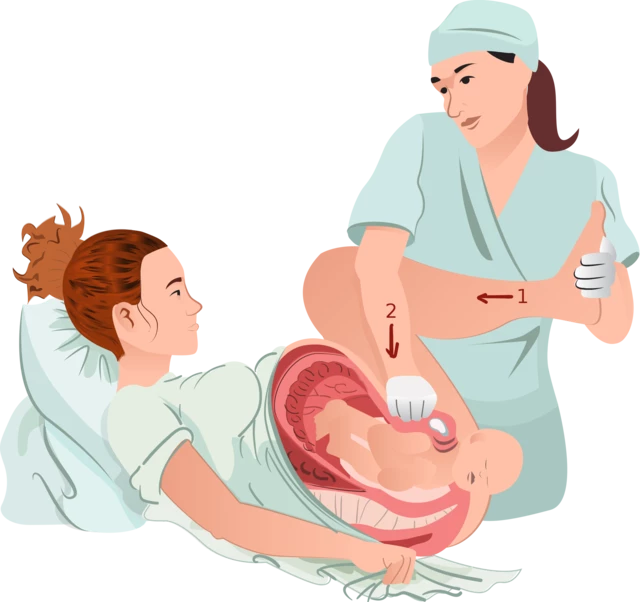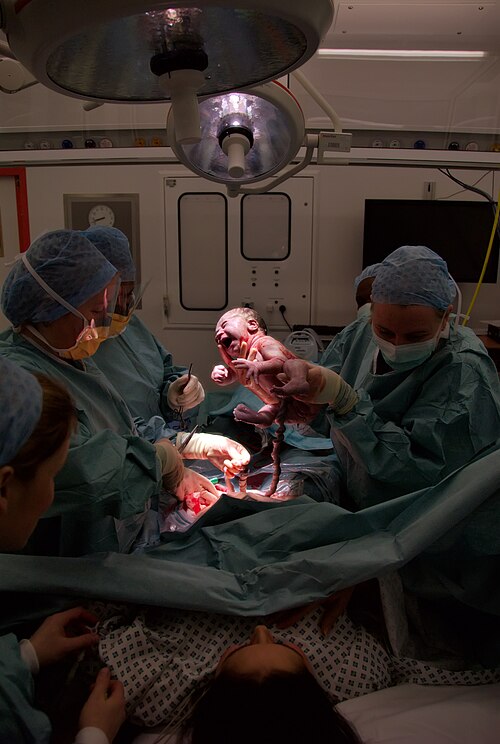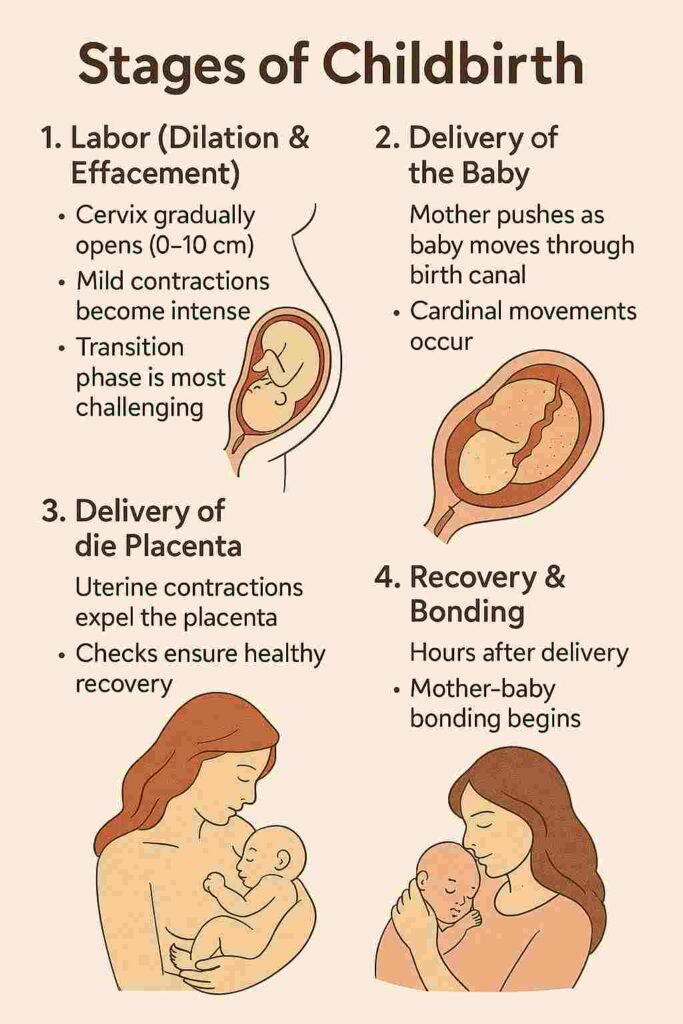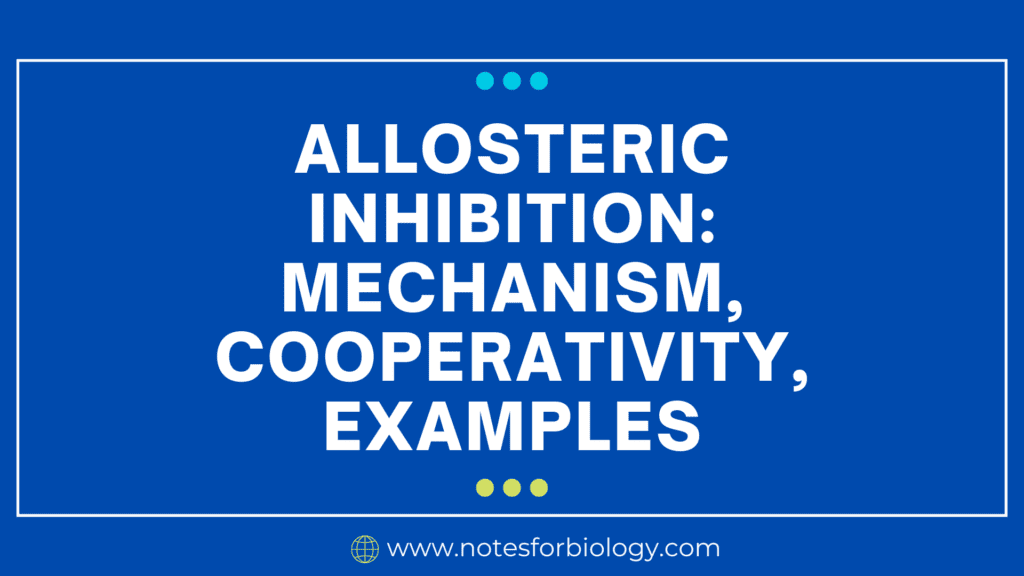What is Childbirth?

Childbirth, often called labor or delivery, is one of nature’s most extraordinary events – the grand finale of pregnancy that brings a new human being into the world. This remarkable process typically begins when a baby is ready, usually between 37 and 42 weeks of pregnancy, though every mother’s timing is unique.
A mother’s body performs an incredible symphony of changes during childbirth. Strong, rhythmic contractions – like powerful waves – gradually open the cervix (the doorway to the womb) from completely closed to fully dilated (about 10 centimeters). As these contractions intensify, they guide the baby downward through the birth canal in a carefully coordinated dance.
The process doesn’t stop with the baby’s arrival. Shortly after birth, the body delivers the placenta – the amazing organ that nourished the baby throughout pregnancy. This entire sequence is orchestrated by a cascade of hormones, including oxytocin (the “love hormone”) that not only drives contractions but also helps create an instant bond between mother and child.
While childbirth is undoubtedly physically demanding, it’s so much more than just a biological process. It’s a transformative journey filled with raw emotion – from the intensity of labor to the indescribable joy of meeting your baby for the first time. That magical moment when a newborn is placed in its mother’s arms makes all the challenge worthwhile, marking the beginning of a brand new life and a brand new chapter as a parent.
Modern medicine offers various ways to support mothers through this journey, whether through natural methods, pain relief options, or medical interventions when needed. Yet at its core, childbirth remains the same profound human experience it’s been since the beginning of time – our bodies’ incredible ability to bring forth new life.
Summary of Childbirth
- The uterus contracts to open the cervix, preparing for delivery.
- The baby moves through the birth canal and is born.
- The placenta is delivered, and the mother’s body begins recovery.
Table of Contents
Main Features of Childbirth
The main Features of Childbirth are listed below,
1. Uterine Contractions
These are the tightening and relaxing movements of the uterus (womb). In the beginning, they may feel like cramps that come and go. As labor gets stronger, the contractions become more regular, last longer, and are more painful.
They help push the baby downward into the birth canal. You can think of contractions like waves that help the baby move out.
2. Cervical Effacement and Dilation
Before the baby can come out, the cervix (the opening to the uterus) has to change.
- Effacement means the cervix becomes softer, thinner, and shorter, like stretching a rubber band.
- Dilation means the cervix opens up so the baby can pass through. It needs to open up to 10 centimeters for the baby to come out.
This happens slowly in early labor and then more quickly in active labor.
3. Water Breaking (Rupture of Membranes)
The baby grows inside a bag of fluid called the amniotic sac. When this sac breaks, water flows out from the vagina — this is called “water breaking.”
It can feel like a small trickle or a big gush. It’s a sign that labor is starting or already started. After the water breaks, labor usually speeds up.
4. Baby’s Descent
As contractions continue, the baby moves down through the pelvis and into the birth canal. This is called descent.
Each contraction helps push the baby lower, getting ready for birth. You might feel pressure in your pelvis or lower back as the baby drops.
5. Hormonal Changes
Your body releases special hormones (natural body chemicals) that help with labor.
- Oxytocin makes the uterus contract more strongly. It’s also called the “love hormone” and helps mothers bond with their babies.
- Prostaglandins help soften and open the cervix.
- Estrogen prepares the body by increasing sensitivity to oxytocin.
These hormones work together like a team to start and move labor forward.
6. Placenta Delivery (Afterbirth)
After the baby is born, the body still has one more job delivering the placenta. The placenta is an organ that gave the baby food and oxygen during pregnancy.
Within 5 to 30 minutes after the baby is born, the placenta comes out through the vagina. This stage is usually easier and faster than delivering the baby.
7. Pain and Pressure
Childbirth involves strong pain and pressure, especially in the belly, back, and pelvis.
This pain is mostly caused by the uterus tightening and the baby moving down.
Some women compare it to very strong period cramps or a pressure that feels like needing to push.
Every woman feels it differently some need pain relief like an epidural, while others choose natural methods like breathing and massage.
8. Emotional and Physical Intensity
Labor is a big emotional experience. You might feel scared, nervous, excited, happy, or tired sometimes all at once!
Your body works very hard, and it can be overwhelming.
Having someone supportive with you, like a partner, friend, doula, or nurse, can make you feel safe and strong.
Tears, smiles, and even laughter are all normal.
9. Vaginal or Cesarean Delivery

Most babies are born through the vagina, but sometimes the doctor may need to do a C-section, which is surgery to take the baby out through the mother’s belly.
This happens if the baby is in trouble, if labor is too slow, or if there’s a risk to the mom’s health.
Both ways can be safe. What matters most is the health of the mother and the baby.
10. Recovery Starts Right After Birth
The mother’s body starts to heal and change immediately after childbirth.
- The uterus begins shrinking back to its normal size.
- There is bleeding from the vagina for a few weeks (called lochia).
- Breasts start making milk, and feeding the baby begins.
- Emotionally, some women feel happy, while others may feel overwhelmed or sad (called “baby blues”). This is common.
With rest, love, and support, recovery becomes easier day by day.
Stages of Childbirth

Stage 1: Labor (Dilation and Effacement)
This is the longest stage, subdivided into two phases:
- Early (Latent) Labor:
- Cervix dilates from 0 to 6 cm and effaces (thins).
- Contractions are mild and irregular (every 5–20 minutes).
- Symptoms may include backache, bloody show, or water breaking.
- Duration: Hours to days, often spent at home.
- Active Labor:
- Cervix dilates from 6 to 10 cm.
- Contractions intensify (every 3–5 minutes, lasting 45–90 seconds).
- Transition phase (8–10 cm) is the most intense, with strong urges to push.
- Duration: 4–8 hours for first-time mothers; shorter for subsequent births.
Stage 2: Delivery of the Baby
- Begins at full dilation (10 cm) and ends with the baby’s birth.
- Contractions are closer (every 2–3 minutes) with a strong urge to push.
- The baby descends through the birth canal, aided by maternal pushing and cardinal movements (e.g., flexion, rotation).
- Duration: 30 minutes to 3 hours; shorter with prior deliveries or epidurals.
Stage 3: Delivery of the Placenta
- Occurs within 5–30 minutes after birth.
- Uterine contractions expel the placenta; active management (oxytocin injection) reduces bleeding risk.
- The placenta is examined for completeness to prevent infection.
Stage 4: Recovery
Some sources note a fourth stage, the first 1–2 hours postpartum, focusing on maternal recovery, monitoring bleeding, and initiating bonding/breastfeeding.
Mechanism of Childbirth
The mechanism of childbirth refers to the series of passive movements the fetus undergoes as it navigates through the maternal pelvis during labor. These movements are essential for a smooth delivery and are most commonly observed in vertex (head-first) presentations. The process involves seven key steps, each playing a crucial role in ensuring the baby passes safely through the birth canal.
1. Engagement
Engagement occurs when the widest part of the fetal head, known as the biparietal diameter, enters the pelvic inlet. Typically, the head is in a transverse or oblique position at this stage. Engagement is confirmed when the lowest part of the head reaches the level of the ischial spines, marking station 0. This step signifies that the baby has begun its descent into the pelvis and is a positive indicator of labor progress.
2. Descent
Descent is the downward movement of the fetus through the pelvis, driven primarily by uterine contractions. Maternal pushing efforts in the second stage of labor further assist this movement, along with gravity, especially if the mother is in an upright position. Descent continues throughout labor and is essential for the baby to progress toward delivery.
3. Flexion
As the fetal head encounters resistance from the cervix and pelvic floor muscles, the baby’s chin naturally tucks toward the chest. This flexion reduces the head’s diameter from the occipitofrontal (11 cm) to the suboccipitobregmatic (9.5 cm), making it easier for the head to pass through the narrowest parts of the pelvis.
4. Internal Rotation
The fetal head rotates 90 degrees internally to align with the pelvic outlet. This rotation happens because the pelvic inlet is wider transversely, while the outlet is wider anteroposteriorly. The occiput, initially in a transverse position, moves to an anterior position, facilitating the next phase of delivery.
5. Extension
Once the head has rotated, it extends as it passes under the pubic symphysis. The occiput emerges first, followed by the forehead, nose, and chin. Controlled extension is crucial to prevent perineal tears and ensure a smooth delivery of the head.
6. Restitution (External Rotation)
After the head is delivered, it rotates back 45 degrees to its original position, aligning with the shoulders. This movement, known as restitution, occurs because the shoulders remain in the pelvis and must adjust to the anteroposterior diameter of the pelvic outlet for delivery.
7. Expulsion of Shoulders and Body
The anterior shoulder delivers first, sliding under the pubic arch, followed by the posterior shoulder. Once the shoulders are out, the rest of the baby’s body is delivered smoothly with minimal assistance. This marks the completion of the delivery process.
Conclusion
Childbirth is perhaps life’s most profound physical and emotional experience – equal parts overwhelming and awe-inspiring. Imagine your body taking complete control, guiding you through waves of sensations you’ve never felt before. Those powerful contractions aren’t just pain – they’re your muscles working in perfect rhythm to welcome your baby into the world.
What’s truly remarkable is how mother and baby work together instinctively. As you focus on breathing and pushing, your baby is doing their part – tucking their chin, turning their head, squeezing through the birth canal with determination. That first cry you hear? It’s your child’s way of saying “I made it!” after the incredible journey you’ve both just completed.
Every birth story is beautifully unique. Some unfold quickly, while others take their time. Some follow textbook perfection, others require medical support – and all of these are normal. There’s no single “right” way to give birth, just what works best for you and your baby in that moment.
Beyond the physical process lies something even more powerful – the emotional transformation. In those first moments after delivery, exhausted but exhilarated, you’ll discover reserves of strength you never knew you had. When they place that tiny person in your arms, every challenging moment becomes worth it.
Modern healthcare has made childbirth safer than ever before, but the core experience remains unchanged through generations – that magical moment when a new life emerges, and a parent is born. Whether your birth happens in a hospital bed, a birthing pool, or an operating room, what matters most is that you and your baby come through it healthy and supported.
Frequently Asked Questions (FAQs)
Is childbirth the most painful thing in the world?
While often ranked among the most painful human experiences, pain is subjective. Some conditions (like kidney stones or severe burns) may hurt more for some people. What makes childbirth unique is that the pain has meaning – it’s associated with bringing new life, which many women find helps them endure it.
How painful is childbirth?
Pain varies greatly – some women report it as the worst pain they’ve ever felt, while others say it’s manageable with breathing techniques. The pain comes in waves (contractions) rather than being constant, and importantly – it’s temporary and productive (each contraction brings baby closer).
What is childbirth pain equivalent to?
Childbirth pain is often compared to extreme period cramps combined with intense pressure – like the strongest muscle cramps you’ve ever felt, but with a powerful purpose. Some describe it as “ring of fire” burning during crowning. While pa
Related Articles


